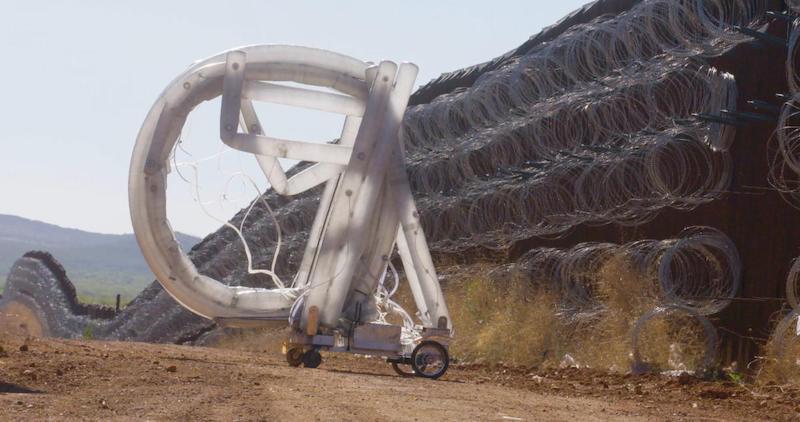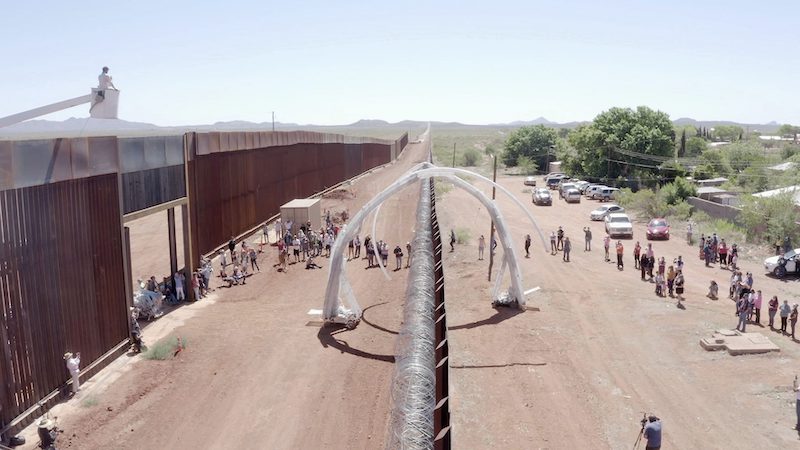Search
To search for an exact match, type the word or phrase you want in quotation marks.
A*DESK has been offering since 2002 contents about criticism and contemporary art. A*DESK has become consolidated thanks to all those who have believed in the project, all those who have followed us, debating, participating and collaborating. Many people have collaborated with A*DESK, and continue to do so. Their efforts, knowledge and belief in the project are what make it grow internationally. At A*DESK we have also generated work for over one hundred professionals in culture, from small collaborations with reviews and classes, to more prolonged and intense collaborations.
At A*DESK we believe in the need for free and universal access to culture and knowledge. We want to carry on being independent, remaining open to more ideas and opinions. If you believe in A*DESK, we need your backing to be able to continue. You can now participate in the project by supporting it. You can choose how much you want to contribute to the project.
You can decide how much you want to bring to the project.

This is my home
this thin edge of
barbwire.
Gloria Anzaldúa, Borderlands/La Frontera
A home built with a thin line of barbed wire. This is how the theorist Gloria Anzaldúa, a pioneer in the study of Chicano subculture, defined its mestizo heritage, crossed by that great incurable scar: the border between the United States and Mexico. A transcultural space whose fragile epidermis is marked in the past by the bloody traces of wars spanning more than two centuries. A scar that is still open in the present due to the transnational geolocation of capital through the maquiladora industry, just as it has become a territory disputed by the cartels that govern networks of drug trafficking and human smuggling, in a continuous spillover of immigrants, victims of the same policies of exclusion that drove them out of their countries of origin.
On these scars of the past and the present, the ammorphic machines of the artist Chico McMurtrie (New Mexico 1961) appeal to the convergence between art and technology in the cross-border communities of El Paso (Texas, USA) and Juárez (Chihuahua, Mexico). Border Crossers embodies a series of coordinated public performances and “activations” at various locations in the area, in collaboration with the Rubin Center for the Visual Arts at the University of Texas at El Paso. With an established track record in this heterogeneous field halfway between contemporary art, sculpture and engineering, the artist continues with this project his four-decade-long exploration of what makes us human through the effects on his audiences of the interaction between his unique robotic sculptures.

Performance view of Border Crossers. U.S.-Mexico border at Naco, Arizona / Naco, Sonora, 2021 © Chico MacMurtrie / ARW. Photo: Douglas Adesko
In this case, each action involves the connection between two ammorphic robots, installed on both sides of the border. Once extended, these Border Crossers can reach a height of ten metres. And as if representing a gigantic metal spine, a fabric coiled at the tip gradually unfurls downwards, forming multiple arches that dress it, turning it into an inflatable sculpture. With their slow, organic movements, the Border Crossers contrast with the hard wall of metal and barbed wire through this peaceful interaction. And in this way, the choreographed performance of these inflatable sculptures, originating on both sides of the border, stages a symbolic connection. A harmonious and peaceful contact that presents the Borderlands as a physical condition that can be temporarily transcended by technological devices.

Performance view of Border Crossers. U.S.-Mexico border at Naco, Arizona / Naco, Sonora, 2021 © Chico MacMurtrie / ARW. Photo: Luise Kaunert
Consequently, Border Crossers presents a poetic exploration of the concepts of borders and boundaries, while offering a metaphorical suspension of those borders in the form of temporal arcs inviting its viewers to question the notion of borders in a globalised world. Technology has a value that is defined by its use, and can be as much a tool to overcome cultural and economic barriers as it can help to deepen them. However, in Border Crossers, the gesture of communication of these robotic sculptures in a geopolitical context of tensions and conflicts over national and cultural identity perhaps offers some form of reconciliation. A posthuman embrace in a border zone that could symbolise a critique of militarised geopolitical borders, as well as a symbol of possible understanding.

Performance view of Border Crossers. U.S.-Mexico border at Naco, Arizona / Naco, Sonora, 2021 © Chico MacMurtrie / ARW. Photo: Juan-Carlos Barrera Romero
The Border Crossers project has received financial support from the BEEP Collection of Electronic Art in 2017, the Guggenheim Fellowship, The Andy Warhol Foundation for the Visual Arts, the MAP Fund and the Texas Commission for the Arts. The first Border Crossers intervention took place on 23 May 2021 at the US-Mexico border in Naco, Arizona/Naco, Sonora. This was only the first in a series of public activities in collaboration with the Rubin Center for the Visual Arts in El Paso, Texas. The next performances will take place in the coming months on the border between El Paso and Ciudad Juárez.

Performance view of Border Crossers. U.S.-Mexico border at Naco, Arizona / Naco, Sonora, 2021 © Chico MacMurtrie / ARW. Photo: Daniel Nunez Salinas
All photo courtesy of Rubin Center, El Paso, Texas
Border Crossers de Chico MacMurtrie
16 September-10 December 2021
Stanlee and Gerald Rubin Center for the Visual Arts
El Paso, Texas, USA

Ana is fascinated to dive into books and movies, to approach with caution those tentacles that lie in the depths and to return to count what she has seen. She has published “Este es el momento exacto en que el tiempo empieza a correr” (Premio Antonio Colinas de Poesía Joven), the novels “La puerta del cielo” and “Hemoderivadas”, “Constelaciones familiares” (short stories, Premio Celsius Semana Negra de Gijón) and “Érase otra vez. Contemporary fairy tales” (essays). She currently lives and works between Berlin and El Paso, Texas, where she is a Bilingual MFA Fellow in Creative Writing at UTEP. Some of her texts have been translated into Portuguese, Italian, Polish, Lithuanian, German and English.
"A desk is a dangerous place from which to watch the world" (John Le Carré)